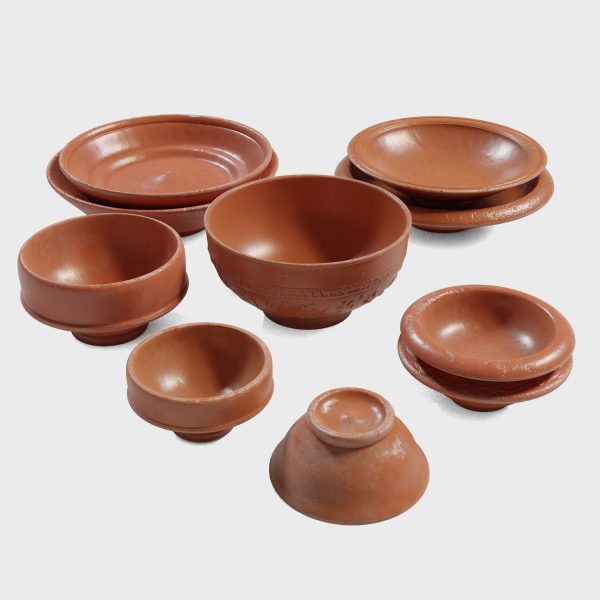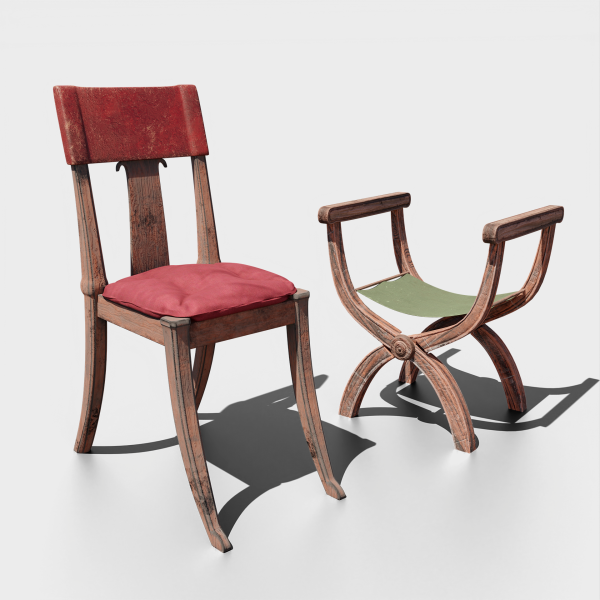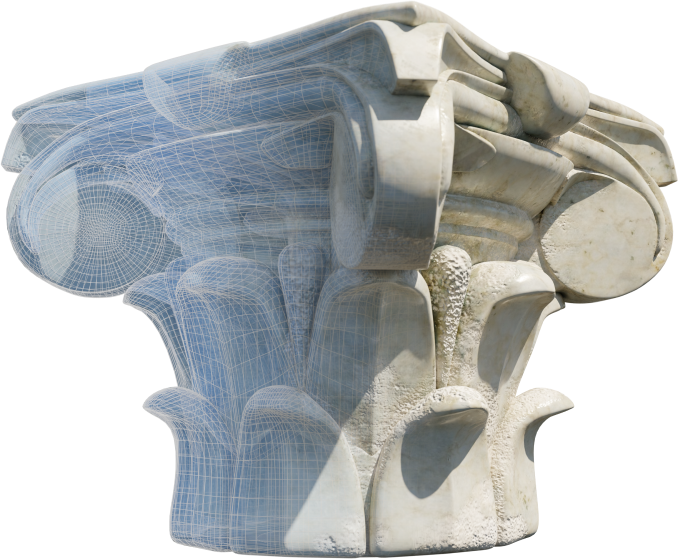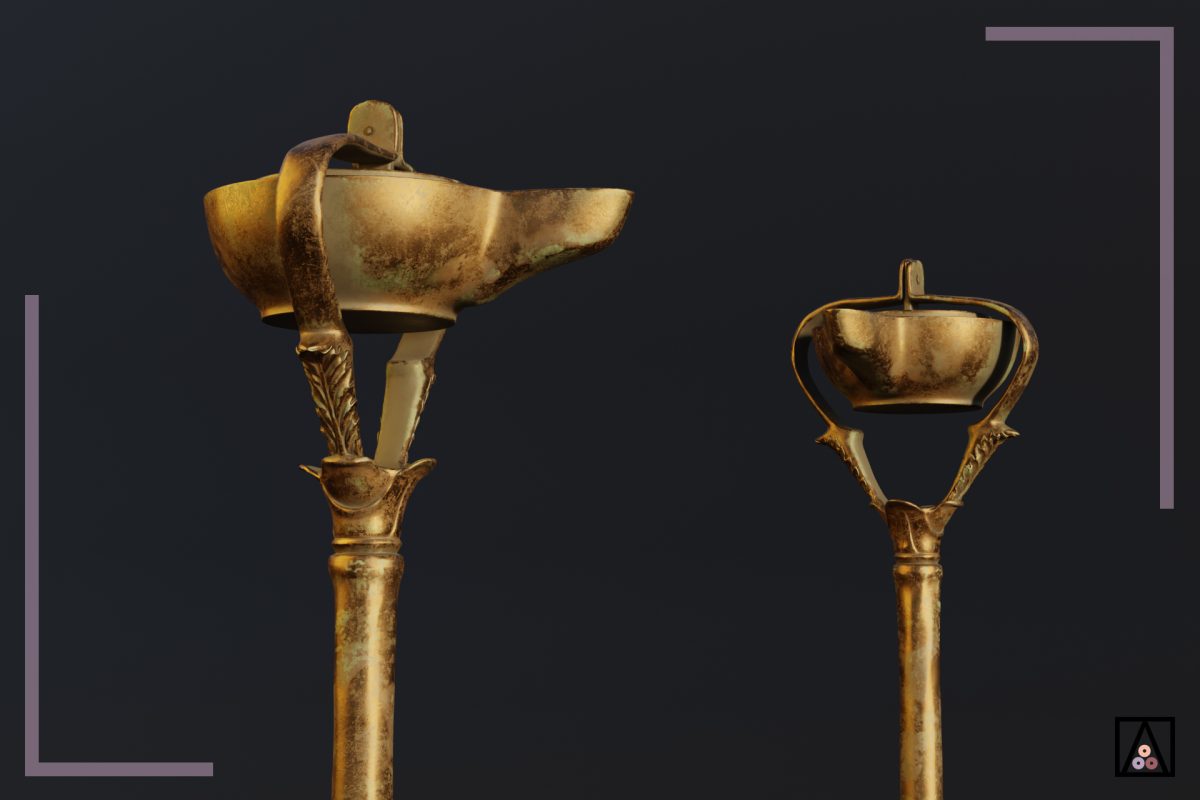



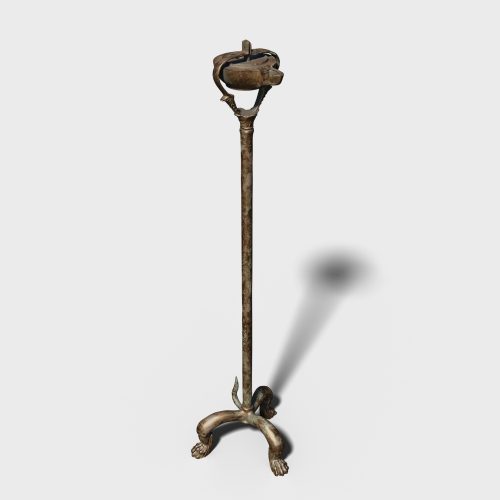
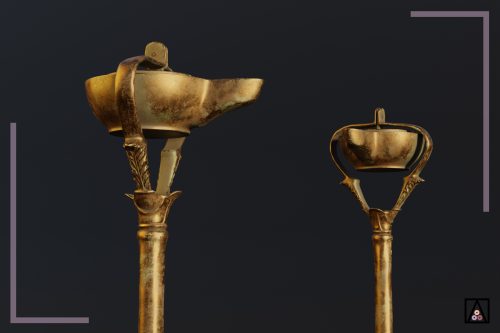
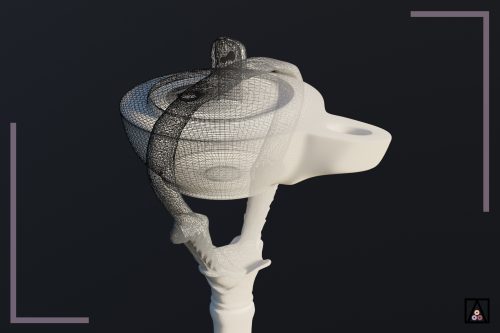
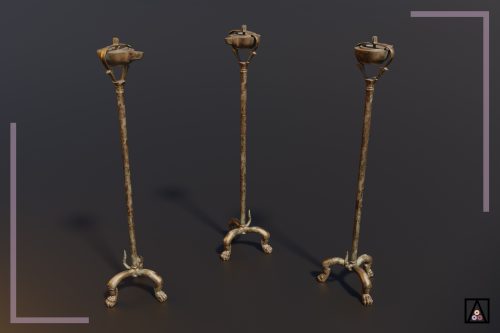
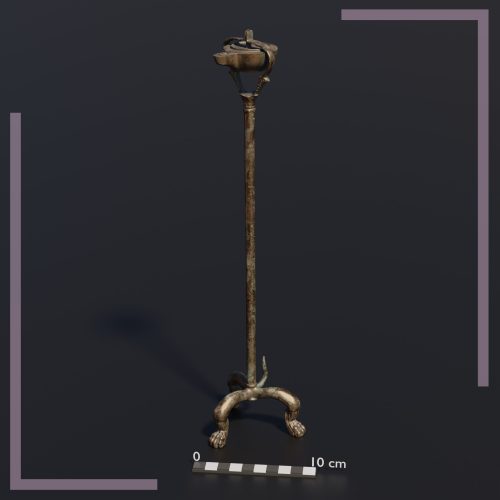
A table lamp with a bronze stand, originally from the Roman province of Egypt and dated to the 3rd century AD. It belongs to the funerary context of a local governor. The stand of this exquisite piece is decorated at the top with acanthus leaves, while the lower part imitates the legs and tail of a feline. The lamp swings from an elevated stand. It is in the collection of the Penn Museum in Pennsylvania.
Oil lamps were essential to everyday life in ancient Rome, combining functionality with art. Made of bronze, a durable material, these lamps usually had a central reservoir for vegetable oil (such as olive oil), with one or more nozzles for the wick. Their design could be simple or intricate, often decorated with reliefs of mythological scenes, geometric patterns, or figures of gods.
The oil in the reservoir was absorbed by the wick, which when lit provided efficient light that was less prone to smoke than other fuels. Lamps varied in size, from small portable versions to large lamps with multiple nozzles for greater luminosity.
LOD0: 94k Poly / 111K Tris
LOD1: 51K Poly / 55K Tris
LOD2: 22K Poly / 22K Tris
LOD3: 12K Poly / 12K Tris
Game Ready Model
Formats: .FBX; .OBJ; .blend.
PBR materials (JPG/PNG)
Texture maps: Base Color, Normal Map, Metallic, Roughness, AO, Height.
Texture resolution: 1K, 2K and 4K.
Rigged: No
Animated: No
Mask for color alternatives: No
O'Connor, David B. Ancient Nubia: Egypt's Rival in Africa. The University Museum, 1993. Page/Fig./Plate: 154
Woolley, Charles L., and David Randall-MacIver. Karanog; the Romano-Nubian Cemetery (plates). Eckley B. Coxe Junior Expedition to Nubia, IV. Philadelphia: The University Museum, 1910. See: plate 30
For more information, click here




